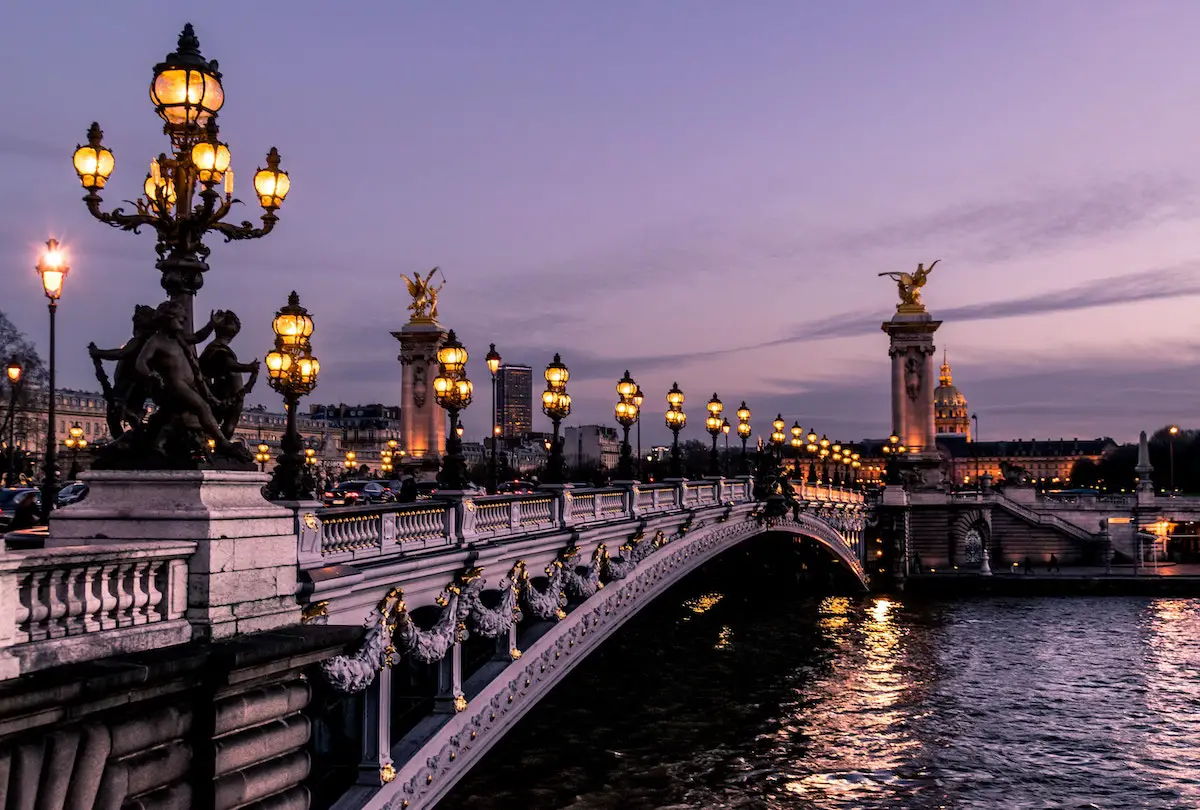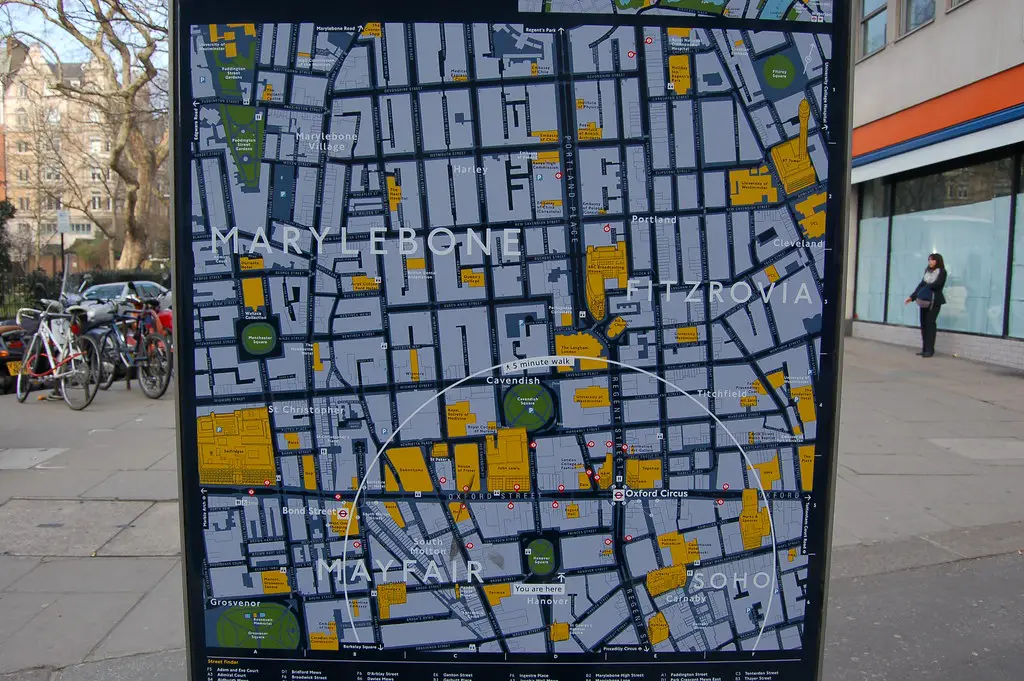London’s cycle hire scheme got some international press recently when Arnold Schwarzenegger – former Governor of California – went for a spin with the Mayor of London, Boris Johnson. Later tweeting that he ‘loved riding the Boris bikes’, Mr Schwarzenegger has joined the not-so-elite fan club of London’s cycle hire – a scheme so successful its users have cycled 10 million kilometres in six months (that’s the equivalent of 13 trips to the moon and back, for those of you into factoids).
For London – a city used to public transport failures – this is a strange position to be in. So what did the city do to turn its cycle hire scheme into such a success?
Price: Whilst the pricing system for London’s cycle hire varies depending on usage, used wisely it is the cheapest transport option by a long shot. Annual membership comes in at £45 pounds, and if you only use the bikes for trips of 30 minutes or less, that’s all you’ll pay all year. Compared to around £14 for unlimited daily travel in the city, the motivation is clear. Those on flexible memberships (myself included) pay £1 for 24 hours unlimited access as they need it. Trips over 30 minutes long start incurring additional charges, but with 93% of all trips lasting less than half an hour, most people are getting their money’s worth.
Starting BIG: Launch day saw nearly 5,000 bicycles and 316 docking stations activated on London’s streets. Since then, numbers have climbed even further, with over 400 functional docking stations throughout London’s Zone 1 – an area of around 45 square kilometres. By launching in such large numbers London has been able to avoid the fate of Melbourne’s cycle hire scheme. Despite being functionally identical, it is yet to be used in large number thanks to its measly 600 bikes and 50 docking stations.
Flexible growth: Soon after the scheme’s launch I said ‘the frequency of docking points in central London needs to be increased, making the scheme more convenient, practical and attractive for short journeys in the city’. London must be listening, as that is exactly what’s happened. New docking stations have been introduced throughout the city – including an enormous 124-space dock at Waterloo Station – and existing docks have been extended to meet demand. In addition to this, I called for an expanded footprint, which is also gradually being introduced eastwards in time for the 2012 Olympics. The growth of the scheme into east London will bring 2,000 new bikes over an additional 20 square kilometres, with 4,200 more individual docking points introduced across the whole cycle hire area.
Treating it as an extension of the public transport system: Whilst my suggestions for the scheme’s growth have materialised, one of my initial criticisms was very wrong. The London cycle hire bicycles are not fitted with a lock, meaning the only way to securely leave your bicycle is to drop it off at your nearest docking station. Based on this, I concluded that ‘these bikes are not as useful as they could have been’, which I now realise is the opposite of the truth. Demanding users return their bicycles when they don’t need them frees up as many as possible for collective use, creating a more convenient system as a whole. This functionality – as well as the system’s pricing structure – says a lot about the intended use of these bicycles. London’s cycle hire scheme is an extension of its already extensive public transport network. You wouldn’t expect the bus to wait for you as you nip into Tesco to grab a pint of milk, and neither should you expect that from your bike.
What did London get wrong?
Despite 100,000 members and 1.7 trips in the first four months alone, the London cycle hire scheme is not perfect.
Barclays Cycle Hire: One of Britain’s biggest banks gave London a couple of million pounds, and now every cycle hire bike and cycle superhighway in the city is emblazoned with its name and logo. Whilst the ethical questions alone could be the topic of another post, it simply isn’t a good name. My personal opinions aside, who in London has yet to hear a friend or colleague saying ‘I cycled to work this morning on the Barclays Cycle Hire’? We’re an inventive bunch in this city, and if you give something a stupid name, we will simply collectively rename it. One of our most iconic buildings is called ’30 St Mary Axe’, and thanks to this ridiculous title and its curved shape, we call it ‘the gherkin’. Unsurprisingly, the same fate has fallen on the Barclays Cycle Hire, which Londoners have renamed ‘Boris Bikes’ in honour of the Mayor, Boris Johnson. With Schwarzenegger’s tweet acknowledging this nickname, critical mass has been reached.
Forgetting about south London: South London often gets left out of exciting developments, and with the cycle hire scheme that hasn’t changed. Whilst Zone 1 falls mainly north of the river, opportunity for further expansion southwards seems obvious considering its population density and relatively flat terrain. Thanks to the Olympics developments and ongoing efforts to improve the fortunes of east London – home to the city’s poorest borough – it will be a while before Boris Bikes become a regular sight on the streets of south London.
No Oyster integration: London’s wildly popular electronic ticketing system – called ‘Oyster’ – allows entry to all forms of public transport simply by touching the card against a ‘reader’. All forms except the cycle hire, that is. Had London integrated the Oyster card, a significant barrier to entry would have been removed, allowing the scheme to become even more successful than it already has. Instead, members have to apply online for a digital keyfob, and non-members must use their debit or credit cards. Future plans to integrate contactless debit and credit cards into London’s transport network also appear to have bypassed the cycle hire scheme.
But…
Let’s get back to the self-congratulation. No, London’s cycle hire is not perfect (the bikes themselves are two wheeled equivalents of a tractor), but the numbers seem to suggest that it is working. Just like you wouldn’t complain that your bus isn’t as good as a limousine, we don’t need to complain about the Boris Bikes.
Photo: conservativeparty


